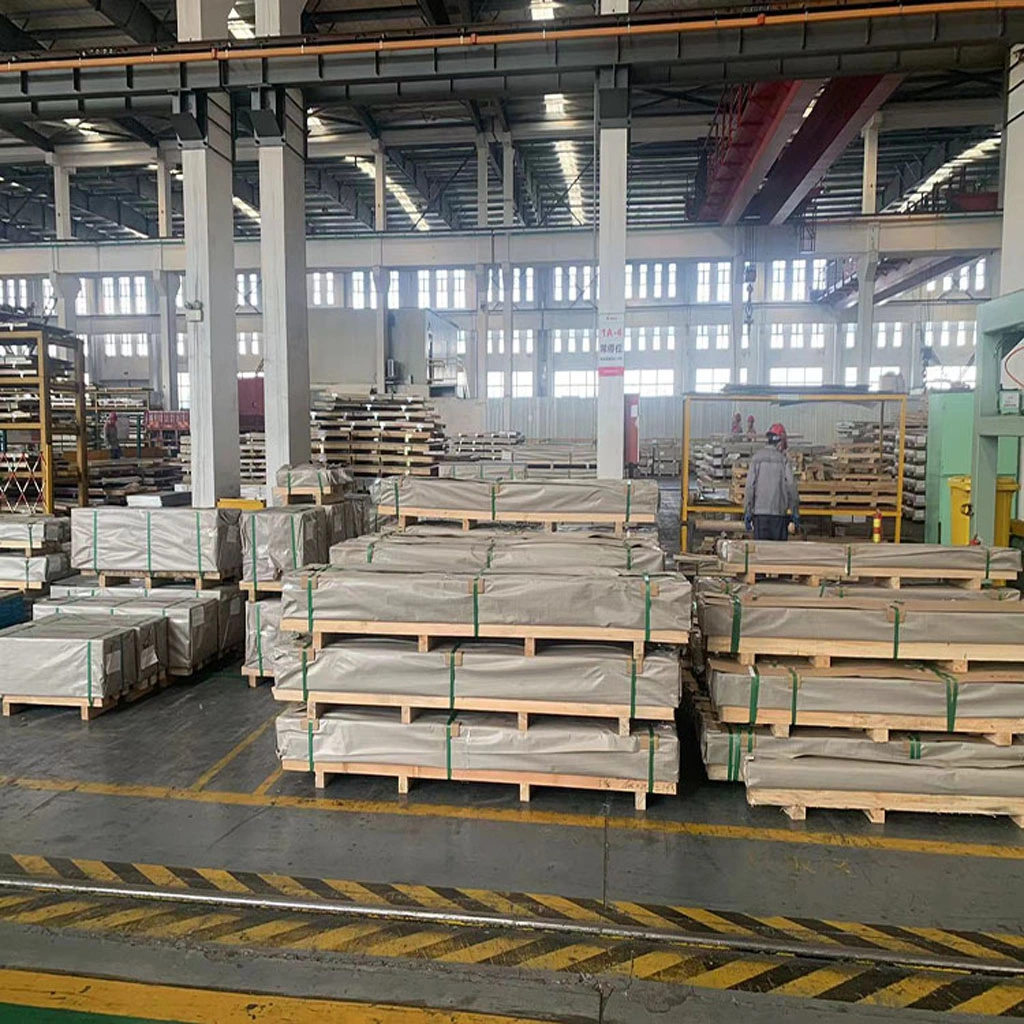What is 430 stainless steel?
2023-06-25
What is 430 stainless steel?
430 stainless steel is a popular type of stainless steel known for its versatile properties and widespread applications. It belongs to the ferritic stainless steel family, which is characterized by its high chromium content. The alloy composition of 430 stainless steel typically includes 16-18% chromium. This combination gives it excellent resistance to corrosion, making it highly suitable for various environments where exposure to moisture, chemicals, and oxidation is a concern. Additionally, 430 stainless steel exhibits good formability, allowing it to be easily shaped and fabricated into different products and components. It finds wide usage in industries such as automotive, appliances, kitchenware, and architectural applications, where its durability, affordability, and aesthetic appeal are valued. Whether it’s used for sinks, utensils, automotive trims, or decorative purposes, 430 stainless steel provides a reliable and cost-effective solution for numerous applications.
Chemical composition of 430 stainless steel
The chemical composition of 430 stainless steel typically includes the following elements:
Chromium (Cr): 16-18%
Carbon (C): 0.12% maximum
Manganese (Mn): 1% maximum
Silicon (Si): 1% maximum
Phosphorus (P): 0.04% maximum
Sulfur (S): 0.03% maximum
What are the mechanical properties of 430 stainless steel?
The mechanical properties of 430 stainless steel can vary slightly depending on factors such as heat treatment, cold working, and the specific supplier or manufacturer. However, the typical mechanical properties of annealed 430 stainless steel are as follows:
Tensile Strength: 450-600 MPa (65,000-87,000 psi)
Yield Strength: 205-275 MPa (30,000-40,000 psi)
Elongation: 20-25%
Hardness: 200-240 Brinell (HB)
These values indicate the strength, ductility, and hardness characteristics of annealed 430 stainless steel. It possesses moderate tensile strength, which allows it to withstand mechanical stresses and loads in various applications. The yield strength reflects the point at which the material experiences permanent deformation, while the elongation represents its ability to stretch or deform before fracture. The hardness measurement indicates the material’s resistance to indentation or penetration.
What are the physical properties of 430 stainless steel?
The physical properties of 430 stainless steel include:
Density: The density of 430 stainless steel is approximately 7.7 grams per cubic centimeter (g/cm³) or 277 pounds per cubic foot (lb/ft³). This value indicates the mass per unit volume of the material.
Melting Point: The melting point of 430 stainless steel is around 1,450-1,500 degrees Celsius (2,640-2,732 degrees Fahrenheit). This is the temperature at which the solid material transitions to a liquid state.
Thermal Conductivity: The thermal conductivity of 430 stainless steel is relatively low, ranging from 23 to 26 watts per meter-kelvin (W/(m·K)). This value indicates the material’s ability to conduct heat.
Electrical Conductivity: 430 stainless steel has moderate electrical conductivity. Its electrical conductivity ranges from 23 to 27 percent International Annealed Copper Standard (IACS), which is a measurement relative to pure copper.
Magnetic Properties: 430 stainless steel exhibits magnetic properties and is considered a ferritic stainless steel. It can be attracted to magnets due to its microstructure.
What are the characteristics of 430 stainless steel?
430 stainless steel possesses several key characteristics that make it suitable for various applications. Here are some of its notable characteristics:
Corrosion Resistance: 430 stainless steel offers good corrosion resistance in mildly corrosive environments, such as atmospheric conditions and mild acids. It is less resistant to corrosion compared to austenitic stainless steels, but its chromium content provides a protective oxide layer that helps prevent rusting and staining.
Formability: This stainless steel grade exhibits excellent formability, allowing it to be easily shaped, bent, and formed into various configurations. It can undergo processes such as deep drawing, bending, and spinning, making it suitable for applications that require complex shapes or intricate designs.
Cost-Effectiveness: 430 stainless steel is generally more affordable than other stainless steel grades, making it an economical choice for applications where moderate corrosion resistance and mechanical strength are required. Its lower nickel content contributes to its lower cost compared to austenitic stainless steels.
Magnetic Properties: 430 stainless steel is magnetic due to its ferritic microstructure.
Heat Resistance: 430 stainless steel exhibits good resistance to high temperatures, making it suitable for applications that involve elevated temperatures. It can withstand intermittent heating and cooling cycles without significant loss of mechanical properties.
Common Applications of 430 Stainless Steel
430 stainless steel finds numerous applications across various industries due to its favorable combination of properties. Its corrosion resistance, formability, affordability, and magnetic properties make it well-suited for a range of uses. One common application is in kitchen appliances, where it is utilized for sinks, countertops, and backsplashes. Its corrosion resistance protects against moisture and staining, while its formability allows for seamless integration into different designs. In automotive trim, 430 stainless steel is employed for decorative elements, such as exhaust tips and trim strips, where its corrosion resistance and aesthetic appeal are essential. It is also utilized in architectural fixtures, including door handles, handrails, and decorative panels, owing to its durability, corrosion resistance, and ease of fabrication. Additionally, 430 stainless steel finds application in industrial equipment, such as storage tanks, chemical processing vessels, and food processing machinery, thanks to its corrosion resistance and cost-effectiveness. Overall, the versatility and performance of 430 stainless steel make it a popular choice for diverse applications across multiple industries.
